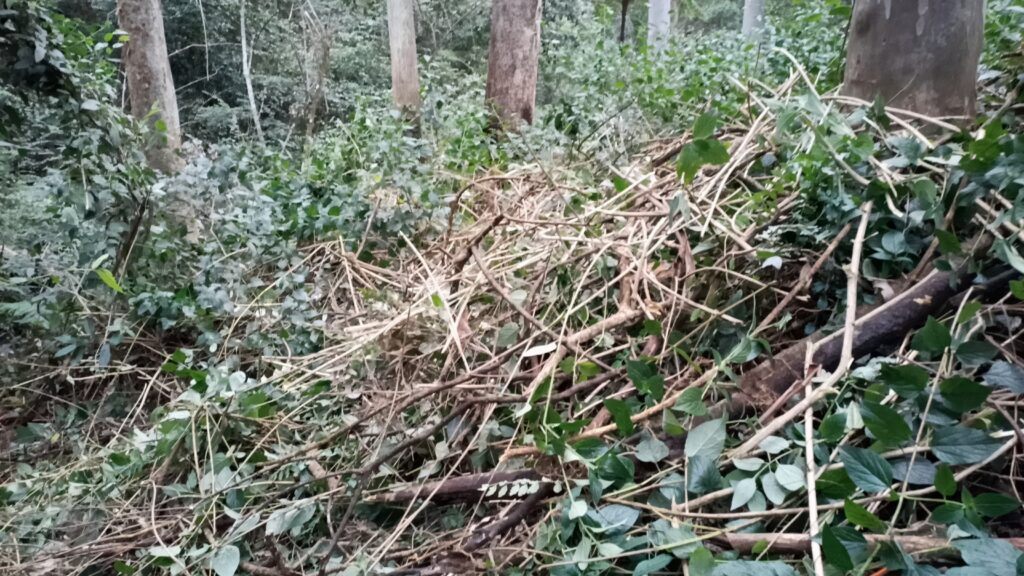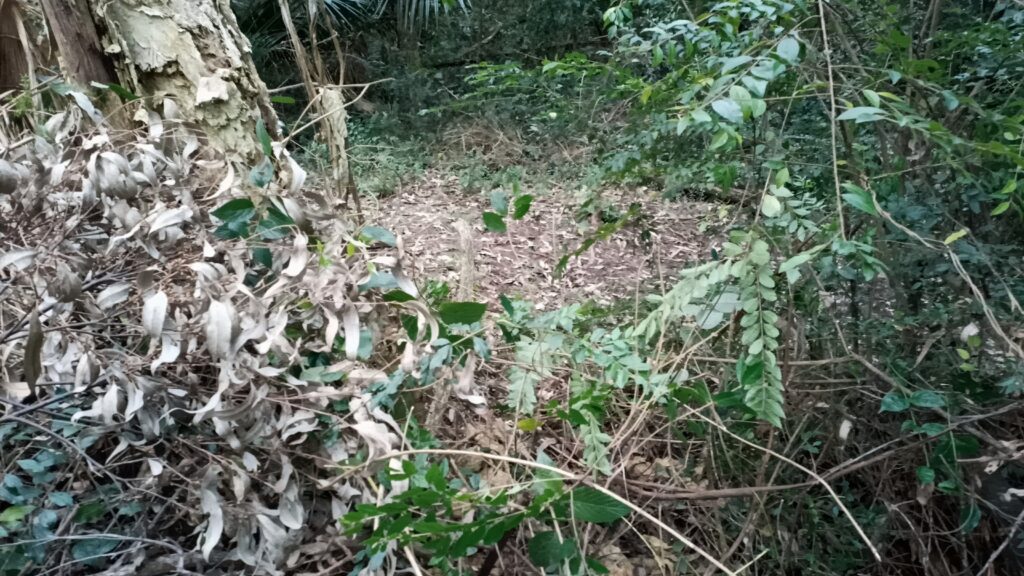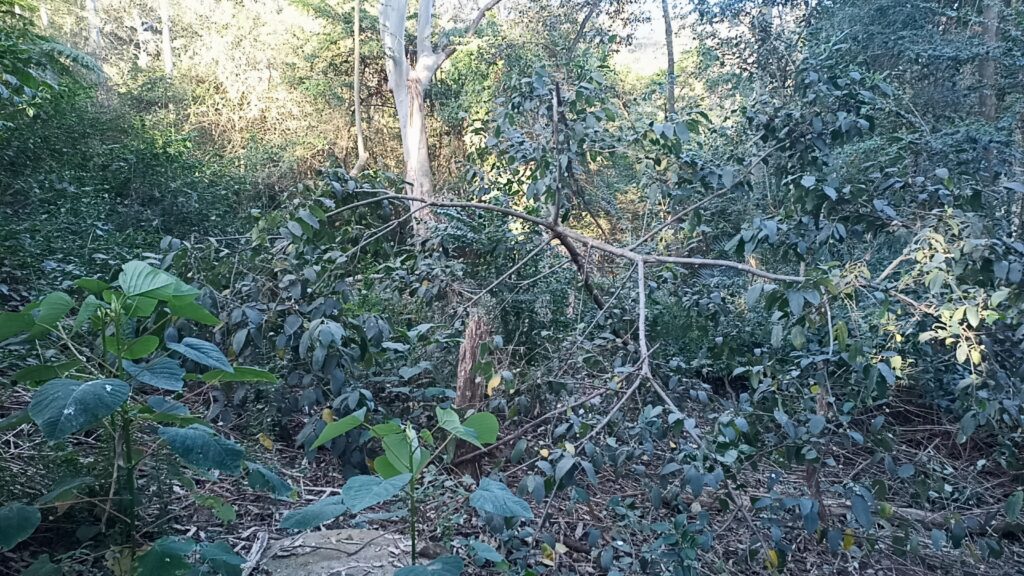There are a number of other plants often referred to as ‘elephant ears’ or ‘Taro’ which make identifying Cunjevoi uncertain.
I have found that this Brisbane council weed identification site to be one of the best resources in identifying weeds. In particular, they typically note similar species and list the differences.
For cunjevoi, these two pages are informative:
Their entry for Arum lilly is:
Similar species
This species is quite distinctive, however it may occasionally be confused with Italian arum (Arum italicum) and the native cunjevoi (Alocasia brisbanensis). These species can be distinguished by the following differences:
arum lily (Zantedeschia aethiopica) has green leaves and showy white inflorescences with a bright yellow flower spike in the centre. Its inconspicuous berries are yellowish-green to yellow in colour when ripe.
Italian arum (Arum italicum) has slightly variegated leaves and greenish-white inflorescences with a yellowish flower spike in the centre. Its orange or bright red berries are usually conspicuously displayed in elongated clusters when ripe.
cunjevoi (Alocasia brisbanensis) has green leaves and greenish coloured inflorescences with a greenish or yellowish coloured flower spike in the centre. Its bright red berries are usually conspicuously displayed in short, dense clusters when ripe.
For Taro:
Similar species
“The three varieties of taro (Colocasia esculenta) in Australia can be distinguished from each other by the following differences:
Colocasia esculenta var. aquatilis (native to northern Australia) usually has green leaves and leaf stalks, and its corms are very small. Its flower clusters have a very short extension at the tip that is devoid of flowers (i.e. rudimentry appendix).
Colocasia esculenta var. esculenta (cultivated and naturalised) has green or pruplish leaves and leaf stalks, and its corms are well developed (up to 30 cm long and 15 cm thick). Its flower clusters have a very short extension at the tip that is devoid of flowers (i.e. rudimentry appendix).
Colocasia esculenta var. antiquorum (cultivated and widely naturalised) has green or pruplish leaves and leaf stalks, and its corms are relatively small (4-7 cm long and 2-5 cm thick). Its flower clusters have a relatively long extension at the tip that is devoid of flowers (i.e. well-developed appendix).
Taro (Colocasia esculenta) is also similar to similar to blue taro (Xanthosoma violaceum ) and the native cunjevoi (Alocasia brisbanensis). These species can be distinguished from each other by the following differences:
taro (Colocasia esculenta) has green or purplish leaf stalks that have their stalks attached to their undersides (i.e. the leaves are peltate). It has thick, tuberous, creeping stems (i.e. corms).
blue taro (Xanthosoma violaceum ) has purplish leaf stalks that have their stalks attached to their bases (i.e. the leaves are not peltate). It has thick, tuberous, creeping stems (i.e. corms).
cunjevoi (Alocasia brisbanensis) has green leaf stalks that have their stalks attached to their bases (i.e. the leaves are not peltate). It eventually develops thick upright stems up to 1 m or more tall.”
Also, this site is quite descriptive even if it labels it as a weed in other locations:
Cunjevoi – Alocasia brisbanensis




